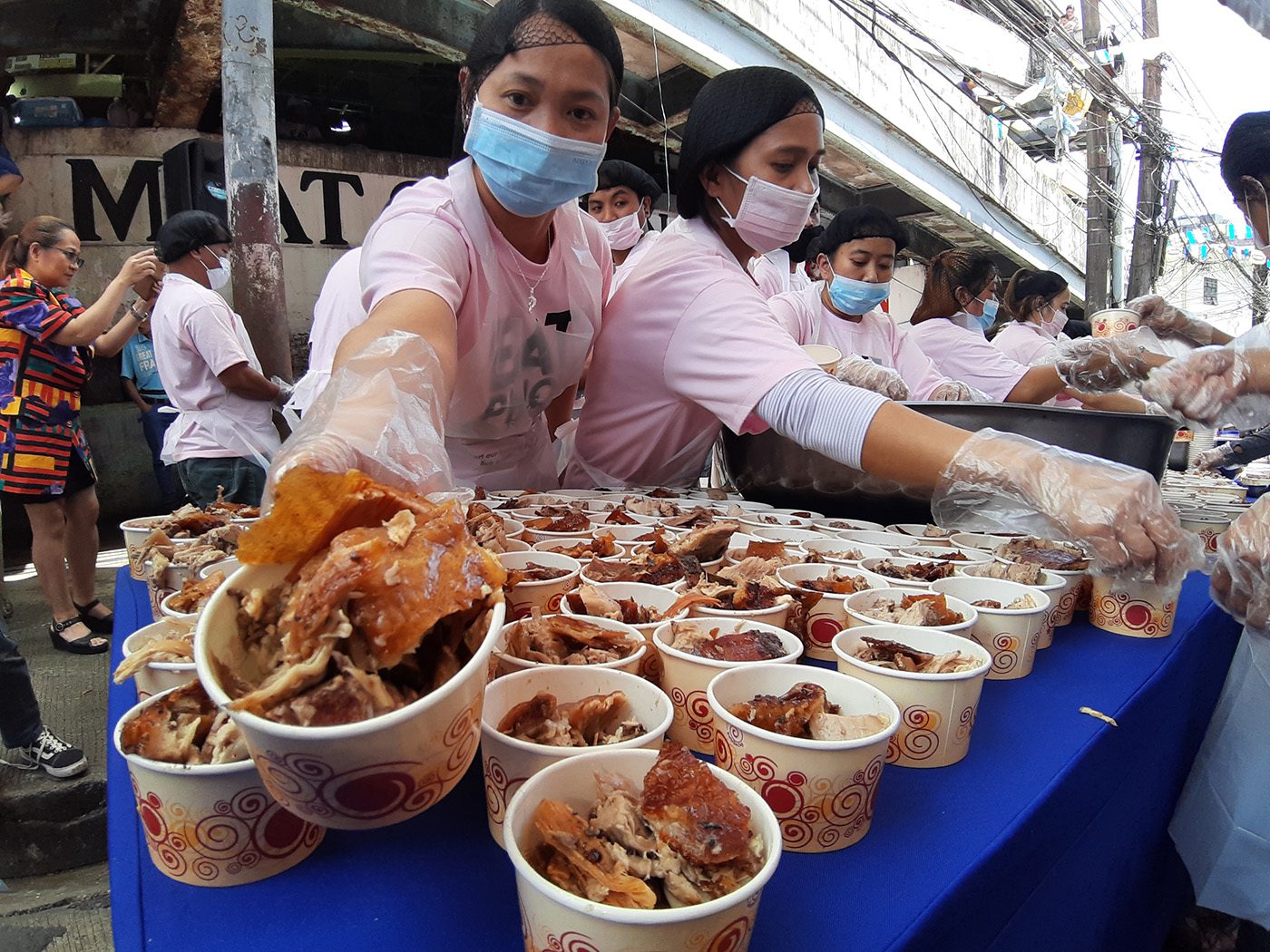SUMMARY
This is AI generated summarization, which may have errors. For context, always refer to the full article.

MANILA, Philippines (3rd UPDATE) – Pork is still widely available on grocery shelves in the Philippines, but the industry is fending off problems brought about by the coronavirus and African swine fever (ASF).
Unless consumption is reduced or production is ramped up, the country’s stock of pork will be good for only 8 days starting end of June.
The figure still does not take into account the inventory for July. This means that while it may still be considered a slight surplus, it does not give much legroom for the industry.
The Department of Agriculture said on Thursday, April 23, that the 8-day surplus level may not be comfortable enough for some raisers.
Agriculture Secretary William Dar earlier admitted that pork supply “remains a challenge,” but they are working on increasing production to address the possible shortage.
The National Meat Inspection Service (NMIS) previously forecast a deficit in pork supply of around 121,000 metric tons by the end of 2020 due to a 21% contraction.
Before the coronavirus pandemic, thousands of pigs had already died due to ASF, with most cases reported in Luzon. ASF only affects pigs. (READ: Pork from China caused African swine fever outbreak in Philippines)
All major islands have reported ASF cases, with Davao del Sur in Mindanao reporting 10,000 pigs killed.
Over 250,000 pigs were culled or have died since the first outbreak in August 2019, according to a PhilStar report.
However, NMIS Director Reildrin Morales said ASF “has nothing to do with the current supply as commercial raisers have been ‘loading’ their pens with more piglets to prepare for the peak demand in October to December.”
“It takes 5 to 6 months for piglets to weigh 85 to 100 kilos, the marketable weight,” Morales added.
Dar admitted that there are also looming problems with meat imports, prompting the agency to strategize better.
Meanwhile, the agriculture chief said fish supply would last only 12 days by the end of June, citing logistical problems.
Fish sold in Metro Manila come from Calabarzon, Mimaropa, and Central Luzon, and checkpoints have disrupted deliveries.
But Dar said the situation at checkpoints has significantly improved in recent days and trucks carrying agricultural products have been able to pass through. (READ: 4 options for the Philippines’ coronavirus lockdown)
Due to improved enforcement, vegetable deliveries have been smoother, with Dar saying that supply would last 28 days after June.
Chicken supply remains abundant and could last 111 days by end-June.
Rice and corn are seen to last for 84 and 147 days after June, respectively. – Rappler.com
Editor’s Note: An earlier version of this story stated that the country’s pork supply would last only 8 days. This has been corrected to 8 days by the end of June.
Add a comment
How does this make you feel?
There are no comments yet. Add your comment to start the conversation.